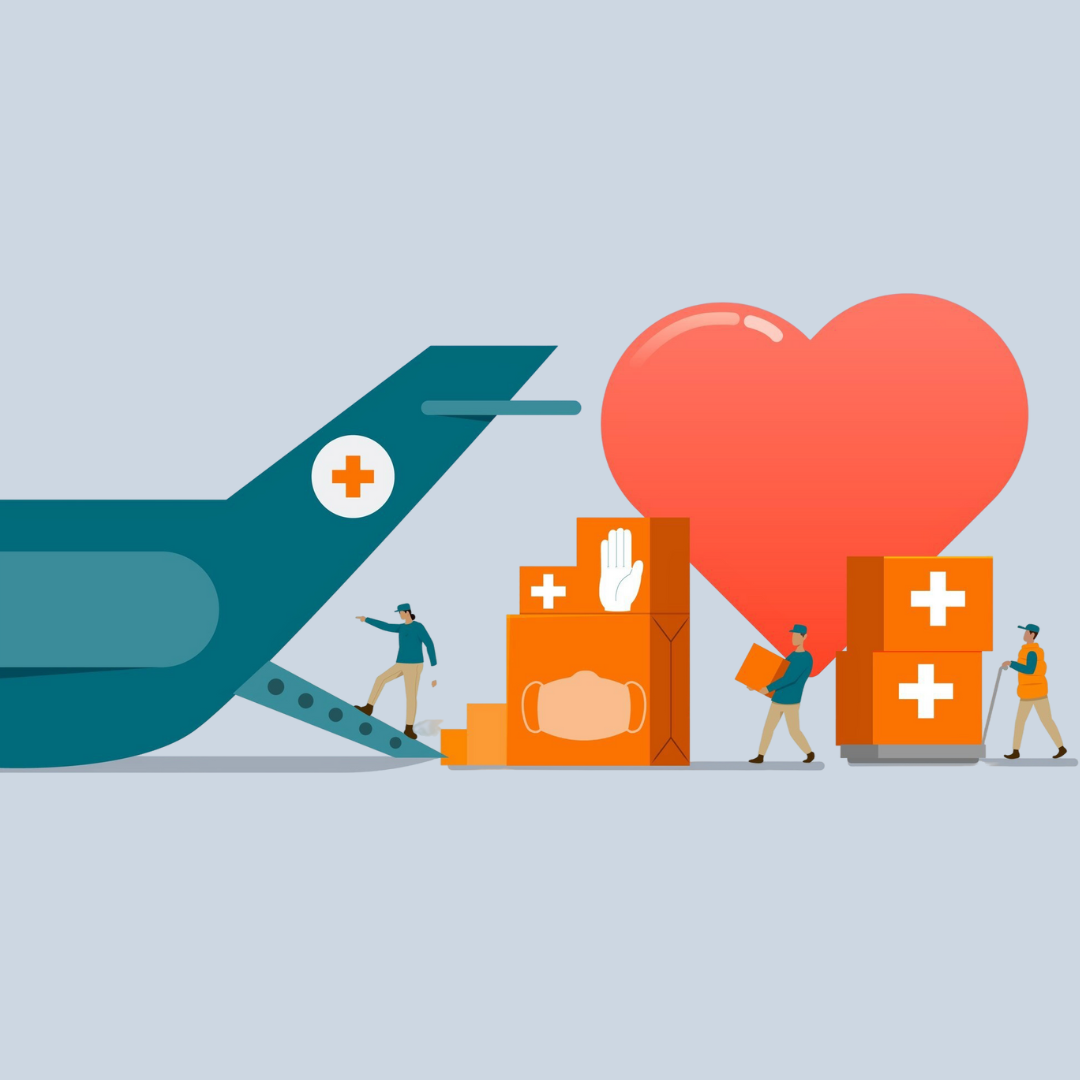How Pacific health systems can break the aid dependency cycle
Pala Leka examines the Pacific's overdependence on foreign aid, triggered by the recent cuts to health programmes, arguing for long-term reforms and domestic investment to build self-sustaining systems and reclaim health sovereignty for The Interpreter, published by the Lowy Institute.
Pala Leka is a postgraduate student in global health and health leadership at The University of New South Wales, Australia, and an alumnus of the Lowy Institute’s Australia-Papua New Guinea Network 2024 Emerging Leaders Dialogue.

Image by Freepik.
Donald Trump’s aid cuts sent a shockwave through Pacific health departments. Governments across the region have been scrambling to secure critical programmes and to understand potential gaps created.
Among the most important programmes on the chopping block were the USAID-funded HIV/AIDS programmes in Fiji and Papua New Guinea. The timing was poor, with both Fiji and Papua New Guinea in the midst of worsening and highly publicised increases in HIV infection rates. Australia’s budget changes in March offered a lifeline, a US$119 million funding diversion from other global programmes. However, this is a band-aid fix. The reality is that core service delivery in the Pacific should not be reliant on foreign governments. The health of Pacific people – access to vaccines, maternal care, and health education – should not be dependent on the interests, interventions and whims of external actors.
Foreign aid and local accountability
Pacific Island countries have depended on international aid to sustain and develop their health systems since independence. Donors such as the United States, through USAID, and Australia, through AUSAID and later the Department of Foreign Affairs and Trade, have played central roles in supporting the region’s health infrastructure. Many non-governmental organisations have also played significant roles.
However, the question should also be asked whether local accountability is being inadvertently stifled. Despite all the investment, self-sustainability remains elusive, and accountability is low.
The results, measured by Pacific livelihoods, speak for themselves. Pacific people have some of the worst health outcomes globally. Non-communicable diseases account for 70-75 per cent of all deaths, far surpassing the global average of 65 per cent for lower-middle-income countries. Maternal and child health measures in countries such as Papua New Guinea are stagnant or in decline. Across the region, underdeveloped and under-resourced health systems teeter on the brink of collapse: mothers give birth on hospital floors, and bodies are stored in sheds.
Despite these poor outcomes, the health systems of many of those Pacific nations remain constrained in the way they are responding. On average, health expenditure across the region sits at 4.3 per cent of GDP, markedly lower than the global average of 6.1 per cent. When public health emergencies strike, limited internal capacity means Pacific governments are typically forced to wait for external aid or assistance to mount a response of reasonable scale. This delay can exacerbate the effects of the crisis, triggering broader consequences for economic activity and social cohesion because people cannot resume day-to-day life as swiftly. The Covid-19 pandemic was a clear example, where delays in testing, treatment, and vaccine distribution dampened recovery efforts in a number of Pacific nations, illustrated by the experience in Fiji and Papua New Guinea.
Resilience from within
Achieving self-sustainability in health requires a shift from short-term, project-based initiatives to system building and more strategic interventions. This can start with the co-implementation of donor transition plans and targeted domestic investment into workforce development. These words may not make for compelling headlines, but it is crucial to make increased domestic investment in structural reforms. This means a local focus on modern, robust health information systems, more transparent and accountable governance frameworks, and better emergency preparedness.
In addition to this, supporting local workforce development will have to be a major focus. Ongoing training and new training opportunities for clinical and non-clinical capacity development are all essential for building systems that can function without external oversight.
The end goals must be plain by developing shared and realistic exit plans for international donors. Programmes, such as Gavi-supported immunisation campaigns or Global Fund HIV initiatives, should include clear exit strategies, developed with local ministries of health. Samoa and Tonga are currently co-leading efforts to map out post-Gavi funding options, a move that other countries in the region should take heed of.
Donor success metrics are often focused on short-term outputs, such as the number of clinics built, size of hospital, and number of vaccines delivered. However, meaningful progress lies in system strength, the ability to deliver essential care when external assistance is no longer around.
Another way of describing this is ‘health sovereignty’. For Pacific nations, reclaiming health sovereignty is not just about doing what is right – it’s a matter of national security. Now, more than ever, as highlighted by recent aid reductions, Pacific countries must take greater ownership of their own health initiatives to build resilience, ensure sustainability, and protect the health of future generations.
Read the original article here.